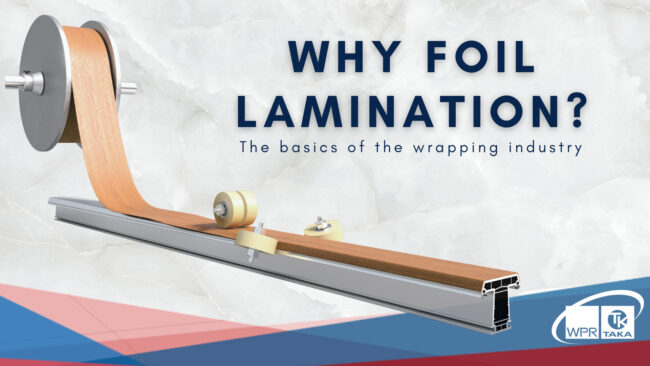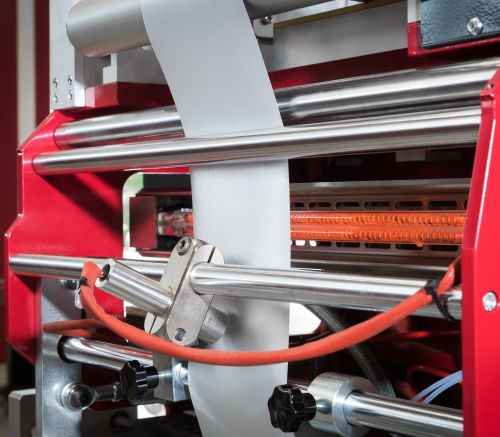
Why edge banding?
Edge bonding or edgebanding is the final part, yet a decisive step, of the production process of panels, doors and other furniture elements once the surface finish has been applied. In fact, after the flat surface has been laminated or (…)









